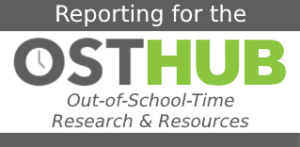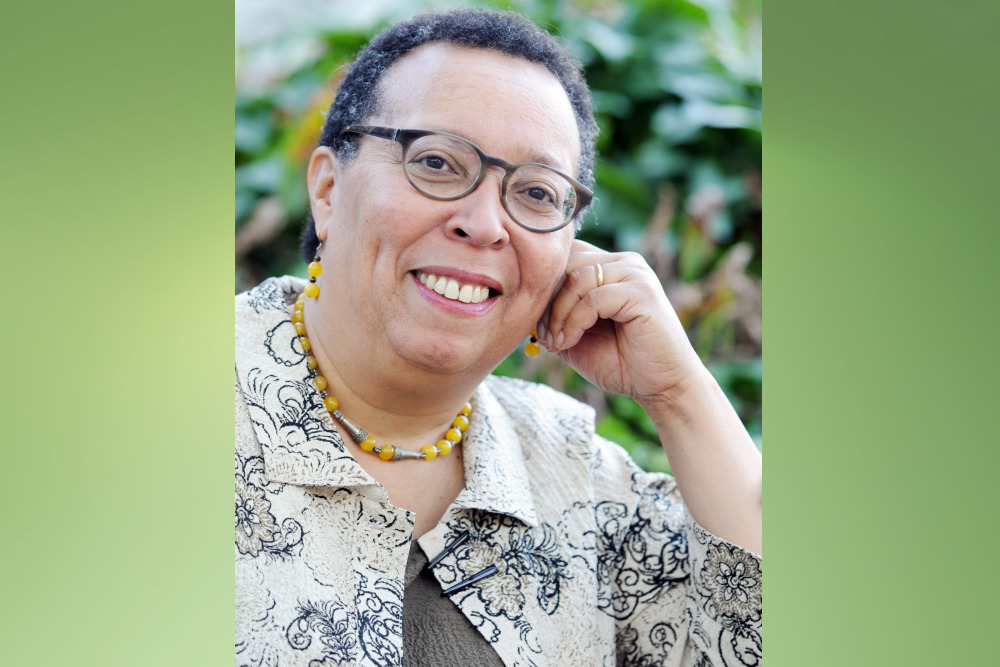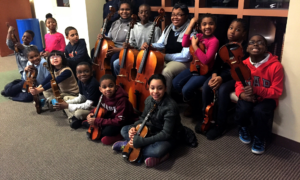Karen Pittman has been at the forefront of youth development for nearly 50 years, championing a whole-child approach to learning that goes beyond just academics to encompass social and emotional development. Her work of taking research on youth development and making it actionable has earned her a reputation as a thought leader in the field as well as many accolades, including a lifetime achievement award from Partners for Livable Cities, and landed her on the National Afterschool Association’s list of the 25 most influential leaders in afterschool.
 For nearly a quarter of a century, Pittman had served as CEO of the Forum for Youth Investment, a think tank (or as they call it, an “action tank”) focused on preparing young people for a successful future. But just as COVID-19 has upended society, so has it altered Pittman’s career. She stepped down as head of the organization she founded to pursue new opportunities emerging in the wake of the pandemic to advance youth development.
For nearly a quarter of a century, Pittman had served as CEO of the Forum for Youth Investment, a think tank (or as they call it, an “action tank”) focused on preparing young people for a successful future. But just as COVID-19 has upended society, so has it altered Pittman’s career. She stepped down as head of the organization she founded to pursue new opportunities emerging in the wake of the pandemic to advance youth development.
The conversation
You left The Forum for Youth Investment in February 2021 after founding it 23 or so years ago. Why did you decide to leave?
While I’m not retiring, I definitely wanted to retire from running a 50-plus person organization. I wanted to go back to doing what I do best. On one hand, communicating about why we need to take a broader approach to young people’s growth and development. I aim to communicate this message through blogs, columns and all the various ways we can create content these days. I recently started a podcasts series where I interview innovative leaders in youth development called Changing the Odds Remix Podcast.
The other thing I do best is strategic advice. I started a consulting business with Katherine Plog Martinez, KP Catalysts, to help organizations that want to take this knowledge about youth programs, youth development and youth policies and move it into practice.
What inspired the transition? Did the pandemic play a role?
The pandemic helped accelerate my decision. For the first time in my career, the K-12 system was paying attention to these ideas of addressing all the needs of the child, not just academics. And I couldn’t play both the thought leader and the CEO.
Back when we first started The Forum for Youth Investment in 1989-1990, we were making headway getting folks who were in the prevention and treatment space to understand the value of an asset-based approach to young people — that their job wasn’t just to fix them or stop them from doing something, but actually to acknowledge that they have strengths, that they have interests, and build on those. These ideas were catching on in child welfare, juvenile justice, youth employment, but, ironically, they never caught on in education. We never got inside the basic public school.
Then COVID happened, and schools began to take note. Is that right?
Yes. When COVID hit, schools closed, and afterschool and youth organizations stepped in. And as Michael Funk noted in his Q&A, people saw for the first time what youth organizations could actually do. With schools closed, people saw that these afterschool programs weren’t just places for where kids go when they aren’t in school but where kids go to build relationships, find a sense of belonging and follow up on their interests.
We’re at this unique moment in time that we haven’t had before, and COVID helped us get there. K-12 had started to get on this path with the social, emotional, whole-child movement. But with the pandemic, the K-12 system saw clearly that afterschool and youth organizations were already doing this type of work, were more flexible than schools and were better able to work with families and kids throughout the pandemic without shutting down and opening up and shutting down and opening up. Schools had an increased incentive to partner with these types of organizations. Couple that with all the funding coming in and we have an amazing opportunity to improve K-12.
I understand you’re not a fan of the term “afterschool.” Why?
It’s never been my favorite word. It’s not telling you what we do. It’s telling you where we’re not. It’s a ‘where’ term, not a ‘why’ and ‘how’ term. ‘Youth development’ is also a challenging term to use with K-12 people because they hear only teenagers. It’s a struggle to find the right term, but I am going with ‘community education,’ which has been gaining traction.
How did you get started in the youth development field?
I went off to college thinking I was going to be a math teacher. I ended up taking a summer job with something called the High Scope Educational Camp for Teenagers. It was there that I first got to practice a youth development approach to learning and engagement for kids. When I finished that, it was clear I couldn’t go be a math teacher because I saw that wasn’t how teaching happens. So I’ve been on this trajectory ever since then to figure out how to get those ideas about positive youth development and active learning into other systems.
What was your single proudest accomplishment?
It’s not just because you’re with Youth Today, but it was writing a monthly column for Youth Today pretty much nonstop for 20 plus years.
That’s right, you used to write for us. What did you like about writing the column? Writing those columns was a unique opportunity to reflect on the field and offer big ideas out in usable sound bites. I also got very concrete feedback about what was useful and what wasn’t useful. It gave me a way, over the course of decades, to bring what I was hearing on the ground up into the conversation, and then see if other people picked it up.
[Read more about Pittman’s work and her new partnership with Youth Today]
Speaking of youth news. What youth-related headlines are you following in the news?
The teachers’ shortage/workforce shortage. It’s huge. There are more and more arguments coming out saying afterschool workers could become teachers or substitute teachers, so how do we increase the pathway for them to fill the teacher void? We could do this either by grabbing bodies and pulling them into traditional teaching and having them come out as traditional teachers, or we could really go in and intentionally grab people who have deep experience in working with young people and figure out how they marry that experience with content knowledge development, and change how we think about teaching. We need to find not just anybody to work with kids but people who are motivated and want to work with kids and lead with that.
The details
Residence: Maryland
Family: Husband, Russell; three adult children; two grandsons
Professional title: Partner at KP Catalysts
Years working in youth development? “Forever,” aka close to 50 years.
Recent books: “Substantial Classrooms: Redesigning the Substitute Teaching Experience” by Amanda von Moos and Jill Vialet; “Who’s In My Classroom? Building Developmentally and Culturally Responsive School Communities” by Gess LeBlanc and Tim Fredrick.
Prior employment: President and CEO, The Forum for Youth Investment; senior vice president of International Youth Foundation, President’s Crime Prevention Council; Children’s Defense Fund
Hobbies: Renovating houses
Education: Bachelor’s in sociology and education from Oberlin College; master’s in sociology from University of Chicago






























